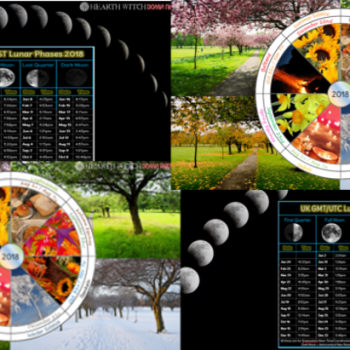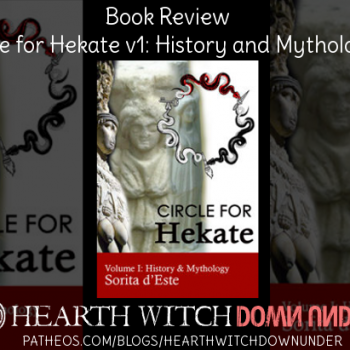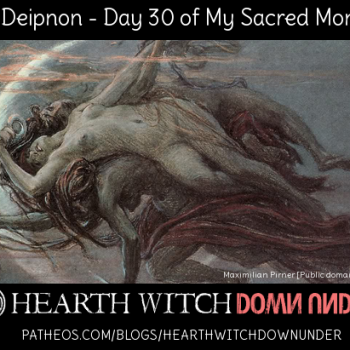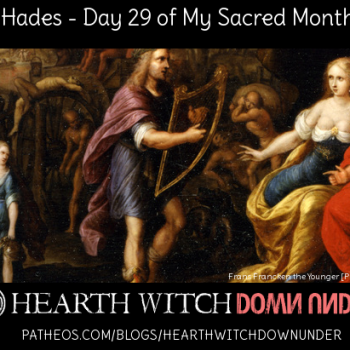Here in Australia we are coming up to Samhain, so I thought this would be a good time to dust off some of the research I did last year on the various afterlife beliefs of multiple cultures and religions. One of the more interesting to study, for me, was the beliefs of the Aztecs. I didn’t know very much about these before this study, so it was all new to me and much of it was a bit unique in comparison to other systems of belief.
Just as a note, I didn’t keep track of my sources, so this is a bad bad no-reference post. Sorry.
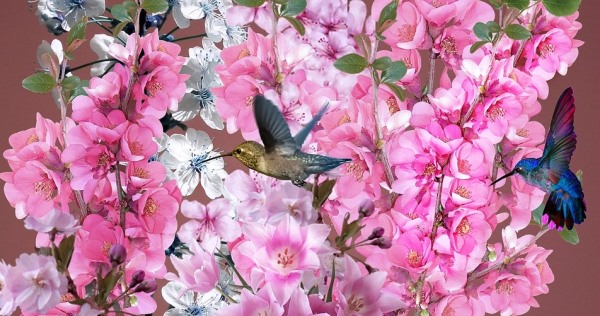
The Choice of Where to Go
The most interesting thing about the Aztec beliefs is how your specific afterlife was determined. Many religions have it that the way you live is what determines where you will go and what you will experience after death.
But Aztec afterlife is quite different, and only seen in a few cultures. For the Aztecs, the method of your death is what determines where you will go and what will happen to you – no matter how you lived your life, how good you were, how bad you were. So long as you died a certain way, you would go to a specific afterlife.
And unlike the modern views of death, the aim of the Aztec was not to live a good long life and die peacefully at the end – actually that was perhaps the worst death imaginable for them. No for these the aim was to die young and, well, horribly, even brutally.
Mictlan
If you die an ordinary or boring death, such as of old age or some normal illness, you make a grim and arduous journey, said to take four years, down through the nine levels of the underworld. Each level of the underworld is a torturous path, painful and harrowing. I’m talking walking on broken glass for months at a time, having your skin sheared off by harsh winds, having your literal heart torn out. It’s a nasty trip, and as mentioned, it was four long years.
Your end goal is the ninth level of the underworlds, called Mictlan, a grim place of darkness. Here you are ruled over by Mictlantecuhtli, the Lord of Mictlan and his wife, Mictecacíhuatl, the Lady of Death. Your family are required to bury you with valuable gifts to hand over to him after your travel ends. But these gifts aren’t going to get you any special treatment. Your afterlife will not be fun, but it is not said to be like hell either. Just dull, dreary and dark, perhaps sad and lonely, maybe boring.
I shared the short story I wrote about the journey to Mictlan last year. I ended it in an odd way. As I learned about the Mictlan myth I came to the conclusion that after the torturous road to Mictlan, perhaps you are rewarded – with the peace, quiet and safety of that grim dark place. Perhaps that is why you are meant to trek those torturous underworlds before reaching Mictlan itself, so that when you get there, you are actually happy to be there.
It’s an odd thought really, the idea that the most boring afterlife might also be a welcome thing in the end. I can’t say it is necessarily true of course, it was just a feeling I got from it all. Either way it goes, you can see why no one actually wanted that afterlife and so didn’t want to live to old age.
The Paradise Realms
The paradise realms were accessible to those who did not die by normal means and it depended on which god came to take possession of your body and soul. This was usually between the sun god and the god of rain.
A warrior or someone who died in battle became companions of Tonatiuh, the sun. If you die as a warrior you will travel to help the sun rise and journey into midday, every day for four years. After that four years you will be reincarnated as a hummingbird or butterfly. Merchants who are killed while travelling and trading, and those who were honoured to die in ritual sacrifice experience a similar afterlife.
Likewise women who die in childbirth have a similar afterlife. Pregnancy and birth were considered to be a battle and as such dying in childbirth is an honourable and brave way to die. Such women help the sun after midday to travel into sunset.
If you die by drowning, are struck by lightning or from an illness related to water, such as gout or dropsy, you are taken by the rain god Tlaloc into the paradise Tlalocan. This paradise is filled with food, is peaceful and it is always spring time. Suffering is unknown here.
Babies and infants who die so young are taken to the fourth paradise which is near Tlalocan. Here in this paradise is a tree dripping milk from its branches to feed the infants. In this place babies wait for the end of the world where they may be given a second life afterwards.
Everyone who dies is expected to work during their afterlife, some help bring rain, cure diseases, make flowers bloom, and help the sun in its daily travel.
So as we can see, dying young and dying brutally is actually a good way to go if you follow the Aztec system. You want to die in battle, childbirth or by drowning. And being sacrificed is also a good way to go, which is interesting – makes you wonder how the sacrificed actually felt about it though.
Goddess Mictecacíhuatl and La Catrina
Mictlan is ruled by the lord of Mictlan and the goddess Mictecacíhuatl. In the past there was a festival that honoured Her, and surprisingly She and Her festival have, kind of, survived into modern times.
After their Christianisation, the people of Mexico managed to keep some of their pagan ways even while becoming Christian. The festival became merged with Hallowtide to become the modern Dia de Muertos, or Day of the Dead and the Goddess Mictecacíhuatl slowly became or was replaced by La Catrina, the skeletal woman who is the symbol of the Day of the Dead.
– – –
The Aztec religion is one the hardest to study and understand, for me, mostly because of those unpronounceable names. But while it is a bit difficult to grasp, it is also one of the most interesting ones to look at. The fact that it has, in some ways, managed to survive into modern times by merging with Christianity in a way that is truly unique, makes it all very interesting indeed.







